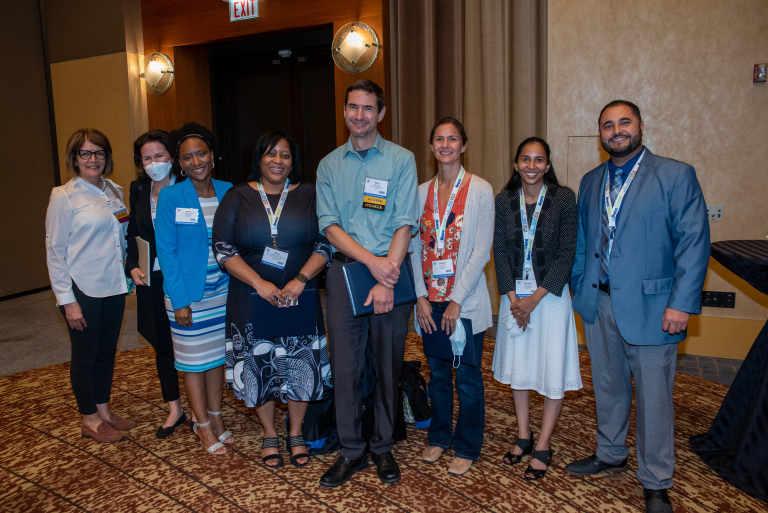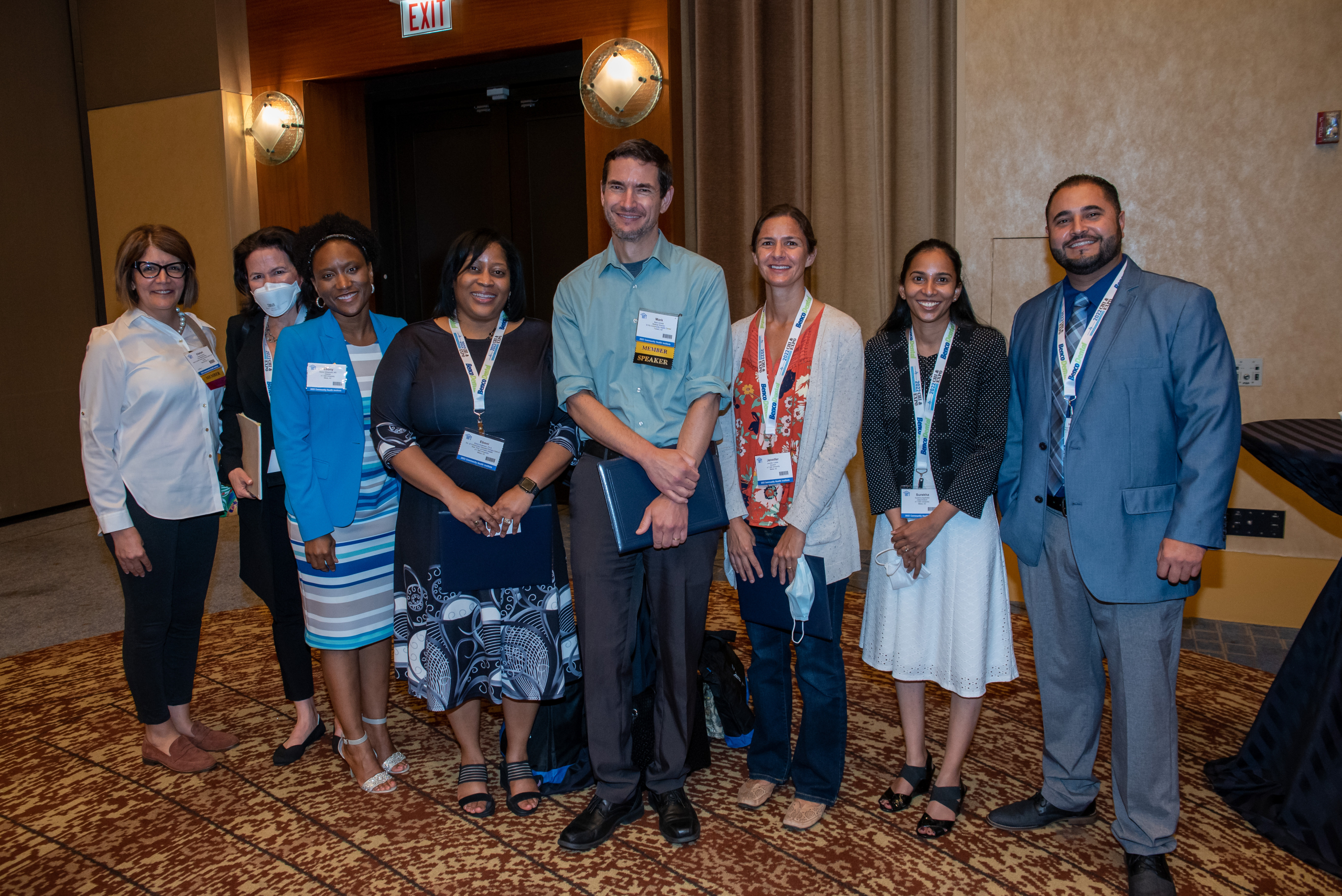ATSU-SOMA PCTE fellowship still influencing healthcare outcomes in its fifth and final year
Posted: February 10, 2023
For the last four years, A.T. Still University-School of Osteopathic Medicine in Arizona’s (ATSU-SOMA) Primary Care Transformation Executive (PCTE) Fellowship has been providing physicians and physician assistants with the tools and resources to develop plans to strengthen healthcare in their communities.
Now, with the last cohort halfway through its fifth and final year, the fellowship is nearing the end of its funding. However, the impact made by this 12-month experiential learning fellowship is expected to be felt for years to come.
“If we collaborate and work together and actually provide the support for individuals that are doing the clinical work, I think there’s a way for us to really move forward and really change the way that we do healthcare. But we have to engage the people who are actually doing the work, and give them the space and support to actually be able to share those ideas,” said Ebony Whisenant, MD, who serves as fellowship program director.
In 2018, ATSU-SOMA received a $1.99 million, five-year grant from the Health Resources and Services Administration (HRSA) to support the development of this fellowship. This funding was secured by a team led by Joy H. Lewis, DO, PhD, FACP, professor and chair of ATSU-SOMA’s public health department.
As a fellow, practitioners spend the year developing their leadership, collaboration, communication, and research skills, until eventually developing a healthcare transformation project that aims to address social determinants of health. Fellows are chosen from the National Association of Community Health Centers (NACHC), with up to six fellows per cohort.
“Every fellow is required to come up with a project that they want to do within their health center, within their community, that’s going to impact their patient population. That could be anything that the fellow was passionate about,” Dr. Whisenant said.
“We look for something that the fellows are interested in, that also sometimes coincides with the HRSA priority areas. Sometimes that’s mental health, social determinants of health, obesity, chronic disease management, and we take that and we help them really come up with an idea that’s doable and workable within the timeframe that we have.”
Before becoming a fellow, many practitioners may have not had the time or resources to pursue such projects, as they were focused on patient care. Through the fellowship’s asynchronous curriculum and monthly collaborations, fellows are able to continue with their professional development, while also learning and developing new ideas.
“We can have a lot of great ideas, but we don’t have the bandwidth sometimes to bring those to fruition,” Dr. Whisenant explained. “What we ended up finding is that our PCTE program was like a safe space for our fellows.”
Not only is this fellowship an educational opportunity for the participating practitioners, but third- and fourth-year ATSU-SOMA students are also able to participate in the fellowship as a distance learning elective, Dr. Whisenant said.
“As part of the elective, we ask students to apply tenets of health systems science to address a challenge in healthcare,” she said.
“Students have great ideas. You can learn from anyone, anywhere along the spectrum of medical education. A lot of our students come to us with different experiences.some of them have a master’s in public health, some of them come from an engineering field,” Dr. Whisenant added.
This collaboration and teamwork between the fellows and students shows a dedication to the University’s mission of focusing on interprofessional education, and provides valuable knowledge for participants as they continue on in their healthcare careers.
Dr. Whisenant added, “We want to really focus on what their ideas are and how can we bring that forward? How can we use those things as a potential way to solve issues we see in medical education?”
